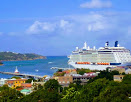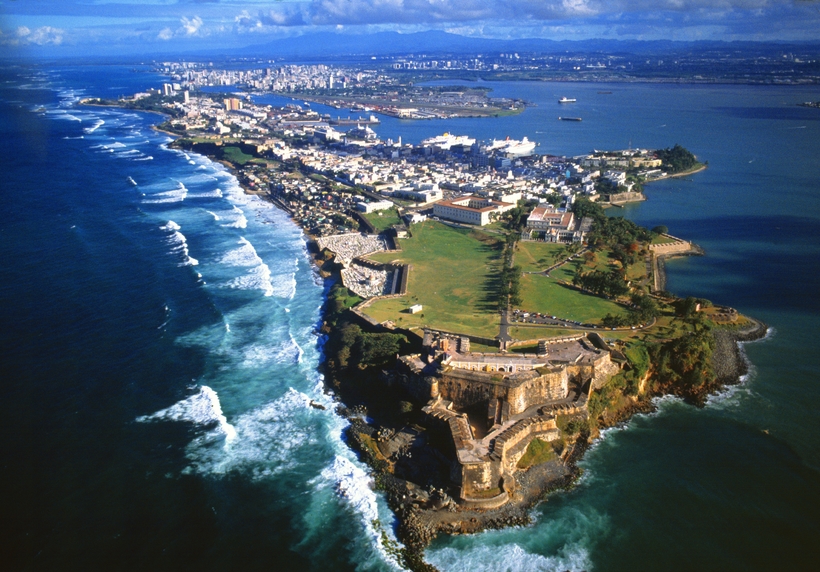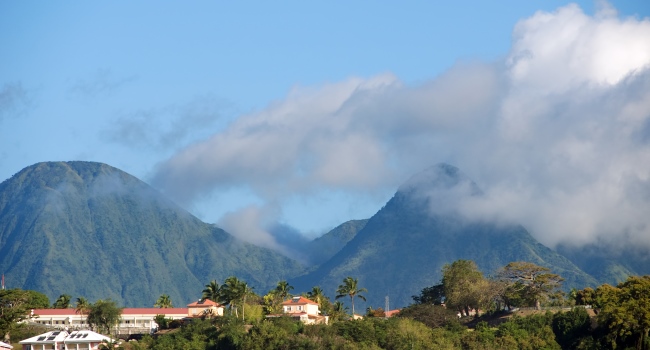arrived from
Explore Orinoco and the Caribbean with Le Dumont-D’urville mega yacht
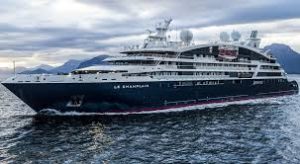 Features of the expedition:
Features of the expedition:
UNESCO World Heritage Sites: St. Lucia Island and Bridgetown Historic Center
Meeting with the Varao tribe, whose name translates as “people of boats”
An incredible variety of endemic wildlife, including macaws, toucans, scarlet ibuses, caimans, iguanas and dolphins
Visit Tobago Cays Marine Park with its amazing underwater life
The opportunity to spend the whole day in the Canaima National Park and fly around the world’s tallest Angel Falls Continue reading
Attractions of the island of St. John
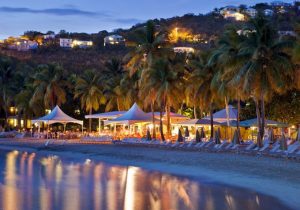 Located in the Caribbean Sea, the marvelous islet of St. John is part of the United States of America, or rather – owned by the United States Virgin Islands. St. John is both the smallest in the group and the richest. The constant number of inhabitants here does not exceed five thousand, while more than half live in the largest town – Cruz Bay. The island of St. John attracts travelers (and sometimes even stars of television screens and cinema) with its remoteness from civilization and the lack of amenities – a kind of savage vacation in the Caribbean.
Located in the Caribbean Sea, the marvelous islet of St. John is part of the United States of America, or rather – owned by the United States Virgin Islands. St. John is both the smallest in the group and the richest. The constant number of inhabitants here does not exceed five thousand, while more than half live in the largest town – Cruz Bay. The island of St. John attracts travelers (and sometimes even stars of television screens and cinema) with its remoteness from civilization and the lack of amenities – a kind of savage vacation in the Caribbean.
Around the beginning of the third century AD, Arawaki arrived in St. John – by water, naturally – from present-day Colombia and Venezuela. More militant Caribs drove out peaceful Arawaks – this happened at the beginning of the fourteenth century. The first European on St. John was Christopher Columbus – this journey was the second sailor’s account, and it took place at the very end of the fifteenth century. Continue reading
Sights of the island of St. Thomas – what to see. Complete guide to iconic places
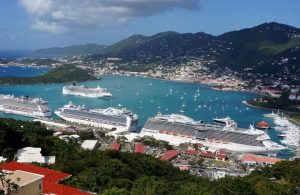 St. Thomas is part of the US Virgin Islands, located in the Caribbean. The island is the main island in the archipelago, the most developed, also here is the capital of the US Virgin Islands – the port of Charlotte Amalie. Tourists of St. Thomas love and actively visit, and the purpose of the visit can be both a lazy vacation on the beach or diving, and ecotourism, shopping, as well as engaging in all kinds of water sports. Welcome to the Caribbean!
St. Thomas is part of the US Virgin Islands, located in the Caribbean. The island is the main island in the archipelago, the most developed, also here is the capital of the US Virgin Islands – the port of Charlotte Amalie. Tourists of St. Thomas love and actively visit, and the purpose of the visit can be both a lazy vacation on the beach or diving, and ecotourism, shopping, as well as engaging in all kinds of water sports. Welcome to the Caribbean!
Saint Thomas was inhabited by Native American tribes – the Siboneans – as far back as the fifteenth century BC. Later they were replaced by Arawak, and Arawak – warlike Caribbean. Christopher Columbus during his second voyage landed on the island – it was at the end of the fifteenth century AD. Europeans brought to the island diseases against which the Indians did not have immunity, because of which they Continue reading

